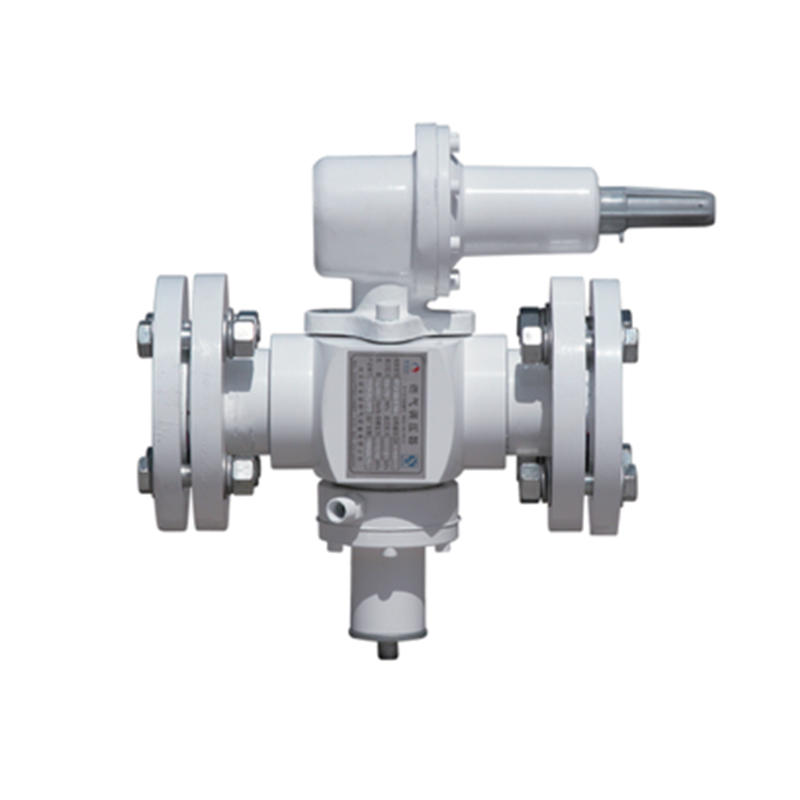
Dec . 04, 2024 12:45
Back to list
Creating a New Generation of Clean and Sustainable Energy Solutions
The Rise of Compressed Natural Gas (CNG) as an Alternative Fuel
In recent years, the world has been grappling with environmental challenges, escalating fossil fuel prices, and the urgent need for sustainable energy solutions. Among various alternatives, Compressed Natural Gas (CNG) has emerged as a prominent contender, drawing attention for its potential to revolutionize transportation and reduce carbon emissions.
CNG is primarily composed of methane, a cleaner alternative to gasoline and diesel that produces significantly fewer pollutants when burned. This environmentally friendly fuel has been gaining traction due to its ability to lower greenhouse gas emissions, making it an ideal candidate in the fight against climate change. Studies have shown that vehicles powered by CNG emit up to 30% less carbon dioxide than their gasoline counterparts, and up to 80% fewer nitrogen oxides, which contribute to air pollution and health issues.
.
Infrastructure development is pivotal to the successful integration of CNG as a mainstream fuel. Over the past few years, there has been a significant increase in the number of CNG fueling stations across urban and suburban areas. Governments and private entities are investing in infrastructure, aiming to make CNG a more accessible and practical choice for consumers. The expansion of fueling stations, coupled with incentives for purchasing CNG vehicles, is encouraging fleets and individual drivers to make the switch.
cng

In addition to personal vehicles, CNG is being widely adopted in commercial transportation, particularly in public transit and freight delivery. Many municipal bus systems are transitioning from diesel to CNG, not only improving air quality but also showcasing a commitment to sustainability. Similarly, businesses that rely on logistics are exploring CNG for their fleets, capitalizing on lower fuel costs and the growing environmental awareness of consumers.
However, despite its advantages, the transition to CNG is not without challenges. One significant hurdle is the initial investment required for CNG vehicles and infrastructure. Although the long-term savings on fuel costs can outweigh the initial expenses, the upfront costs can be a barrier for many potential users. Furthermore, the availability of CNG may vary by region, posing an additional challenge for widespread adoption.
Additionally, while CNG is a cleaner fossil fuel, it is essential to recognize that it is not entirely free from environmental concerns. Methane, the primary component of CNG, is a potent greenhouse gas. Any leakage during extraction or transportation can contribute to climate change if not properly managed. Consequently, it is crucial to continue improving practices around natural gas extraction and distribution to minimize these risks.
In conclusion, Compressed Natural Gas stands out as a promising alternative to traditional fossil fuels, contributing to a cleaner environment and offering economic benefits. As governments, businesses, and individuals work together to overcome the existing hurdles, the infrastructure for CNG can expand, making it a viable and sustainable choice for the future. The journey toward a cleaner, more sustainable energy landscape may still be long, but with CNG leading the charge, the potential for a significant positive impact on our planet is promising. Embracing CNG not only supports our current energy needs but also lays the groundwork for a greener and more sustainable tomorrow.
Latest news
-
Safety Valve Spring-Loaded Design Overpressure ProtectionNewsJul.25,2025
-
Precision Voltage Regulator AC5 Accuracy Grade PerformanceNewsJul.25,2025
-
Natural Gas Pressure Regulating Skid Industrial Pipeline ApplicationsNewsJul.25,2025
-
Natural Gas Filter Stainless Steel Mesh Element DesignNewsJul.25,2025
-
Gas Pressure Regulator Valve Direct-Acting Spring-Loaded DesignNewsJul.25,2025
-
Decompression Equipment Multi-Stage Heat Exchange System DesignNewsJul.25,2025

